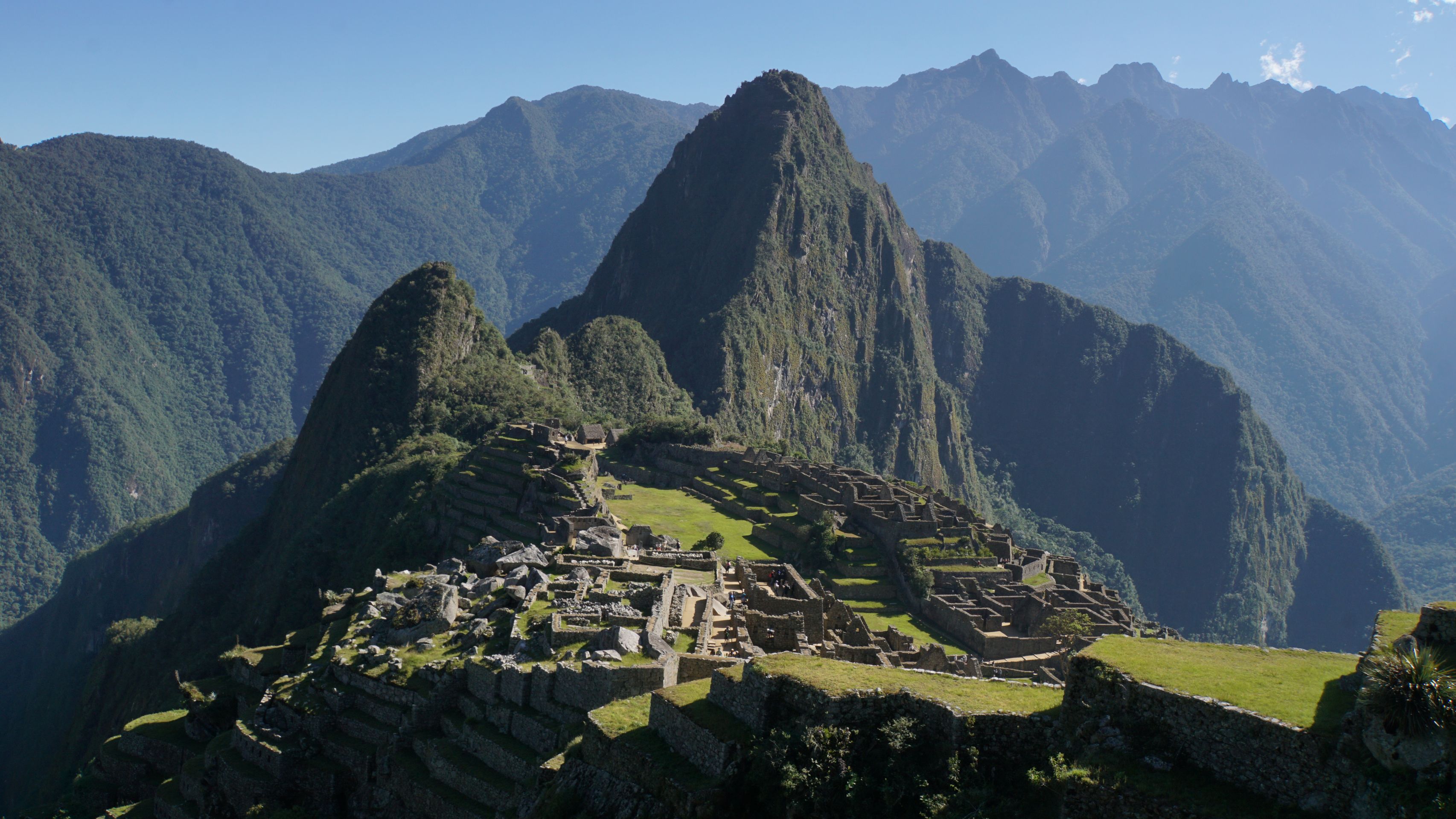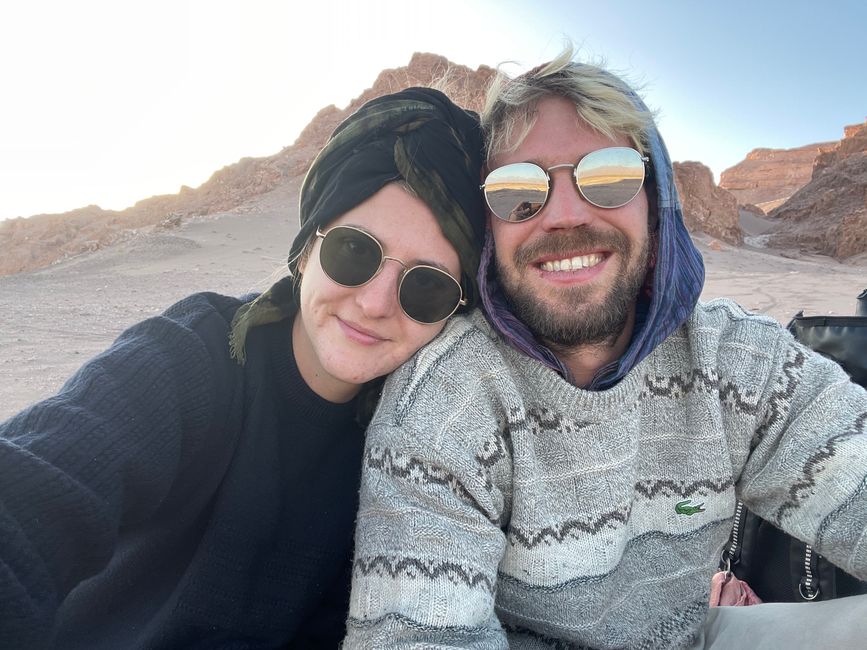Cartagena and Medellín (Colombia)
Diterbitake: 03.05.2023
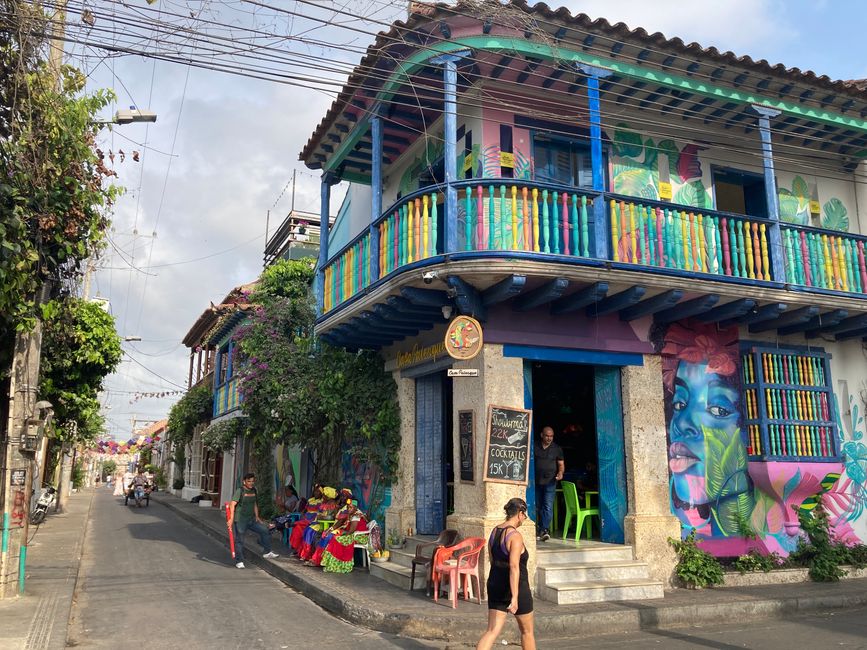
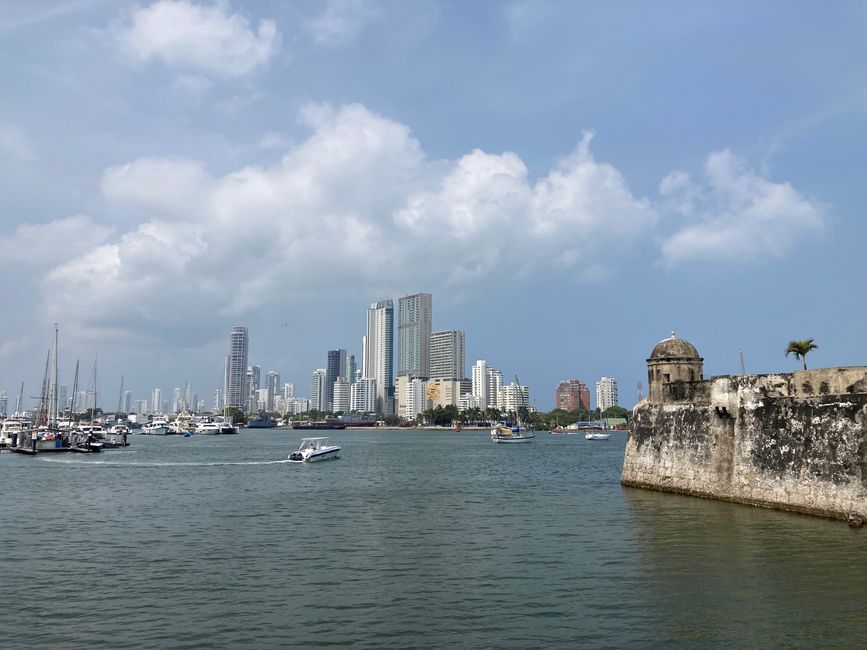
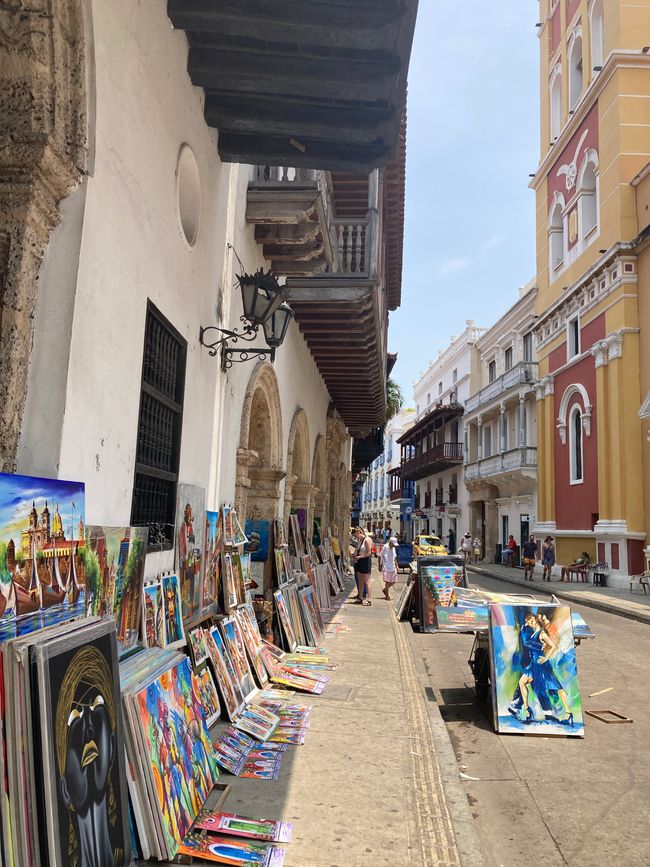
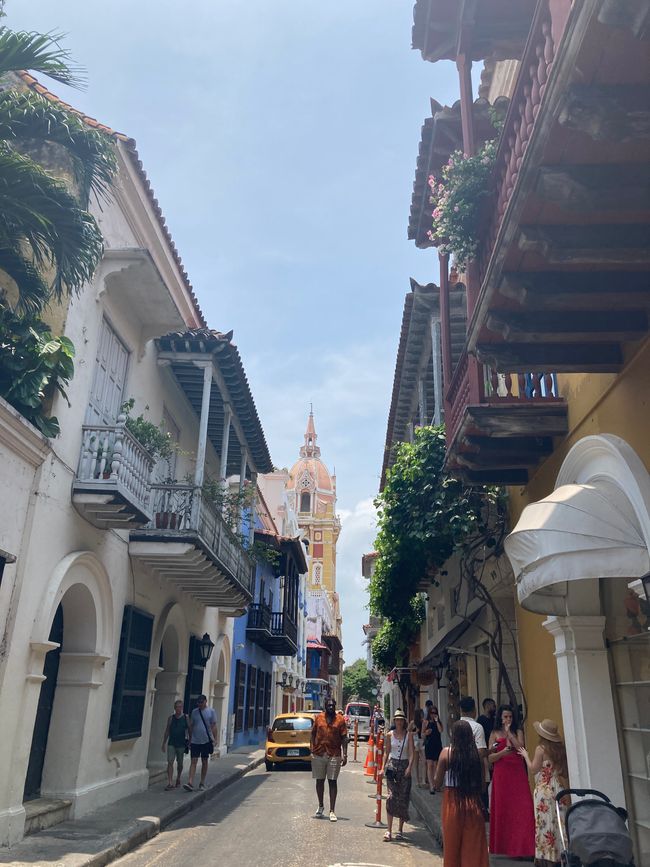
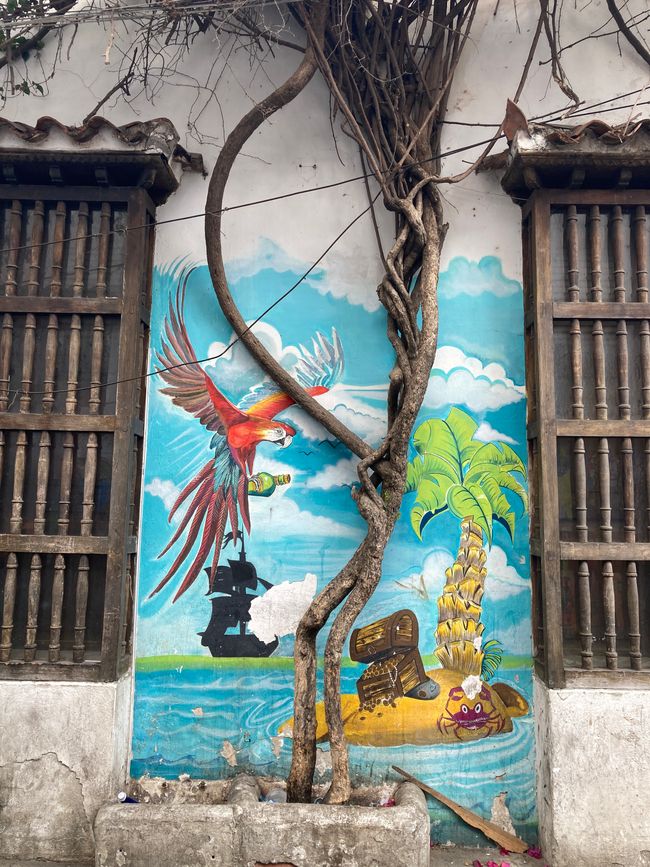
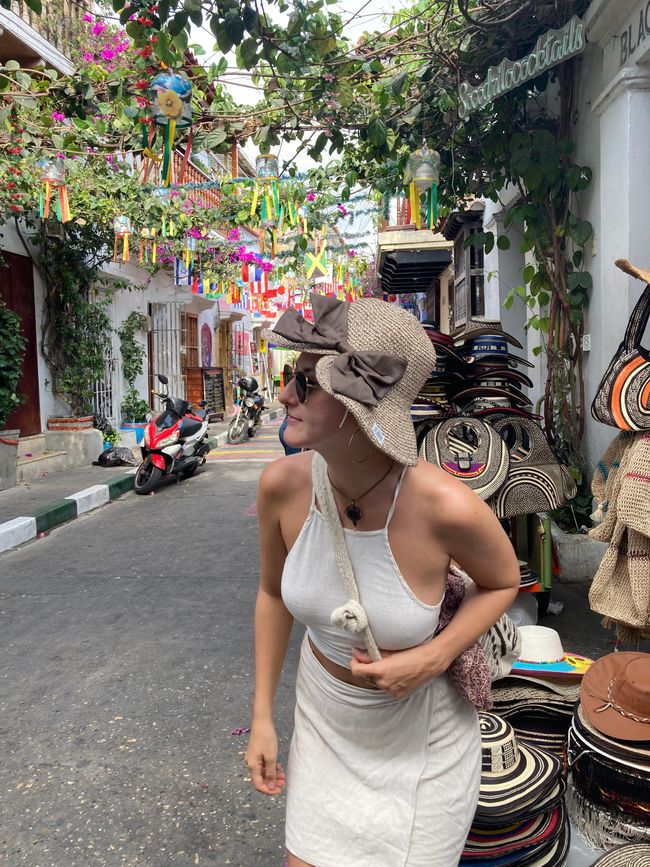
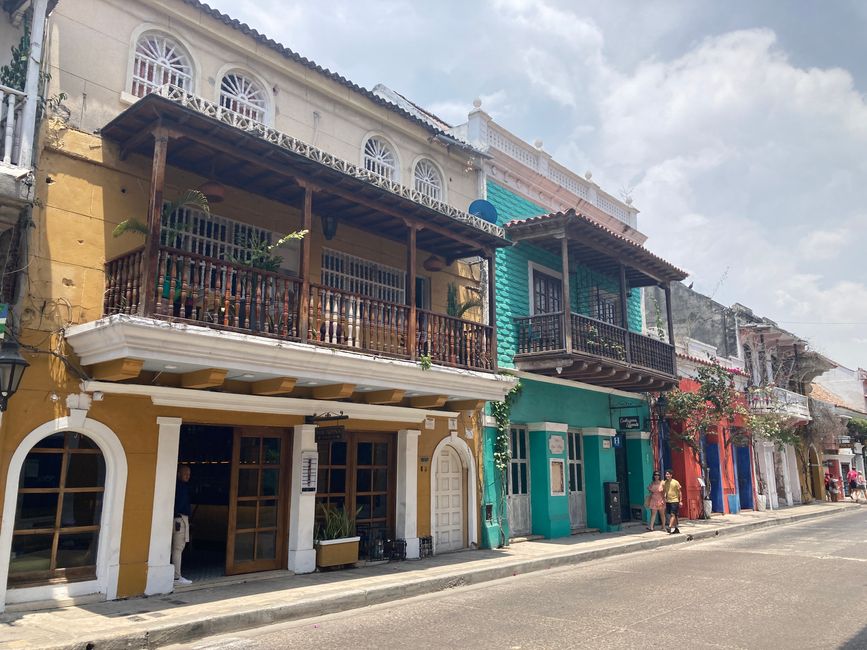
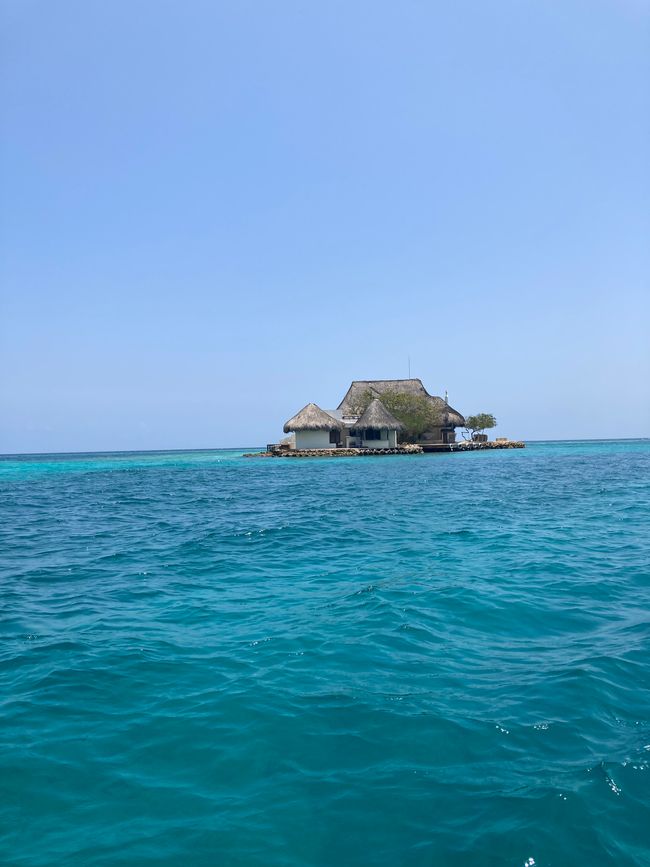
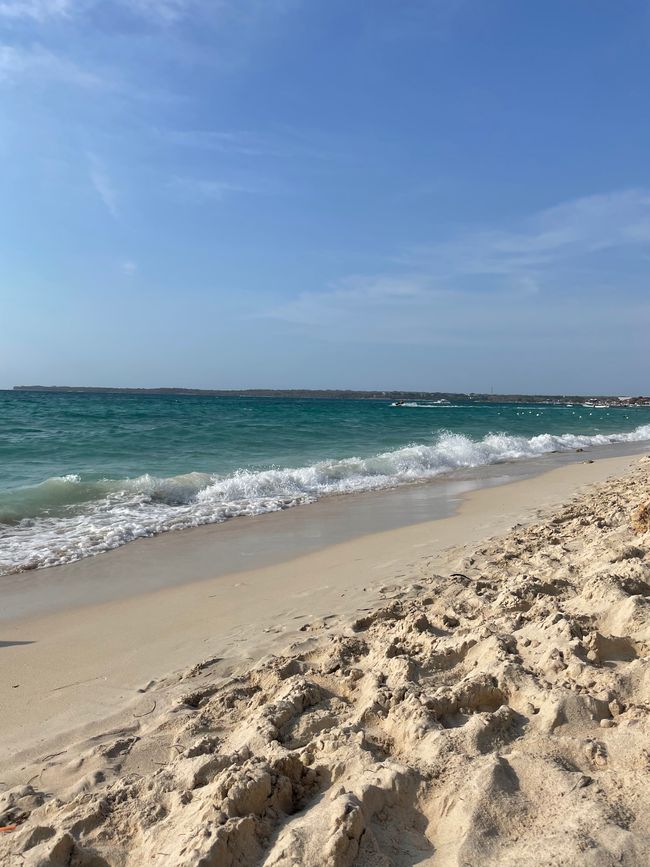
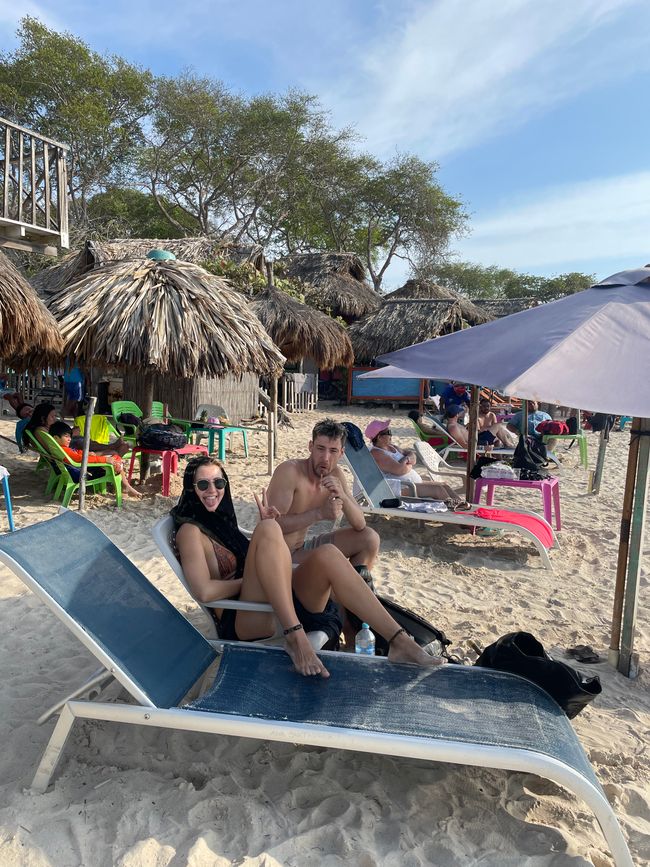
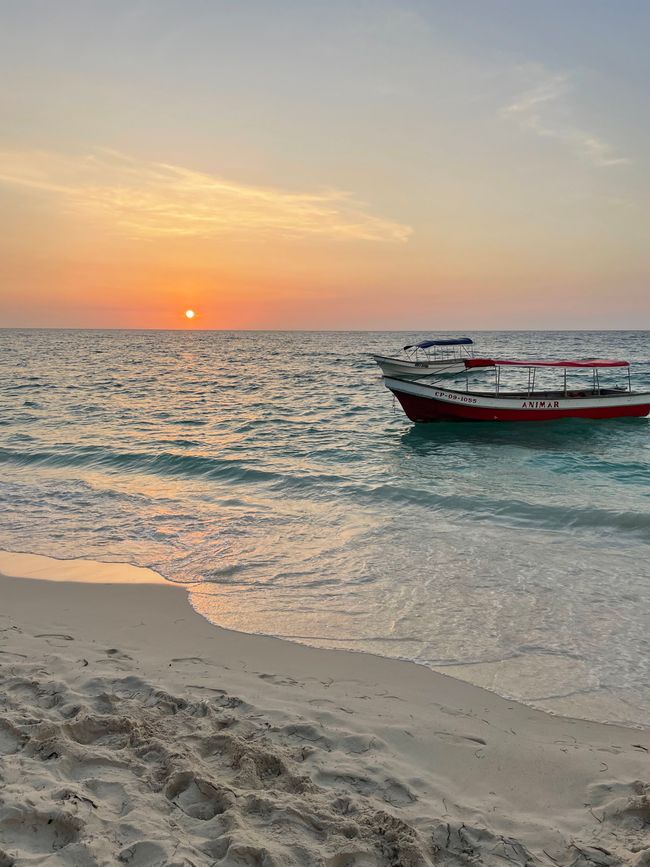
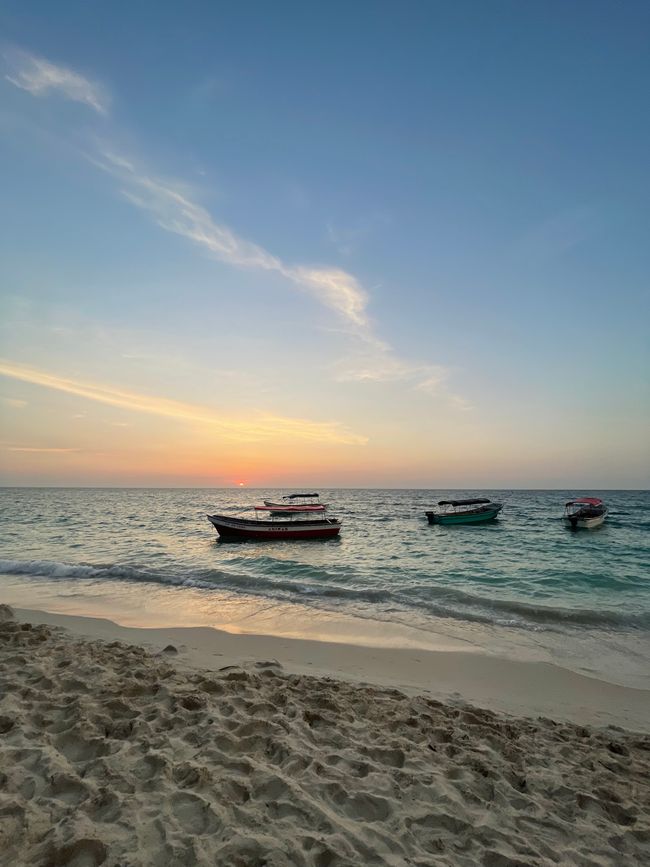
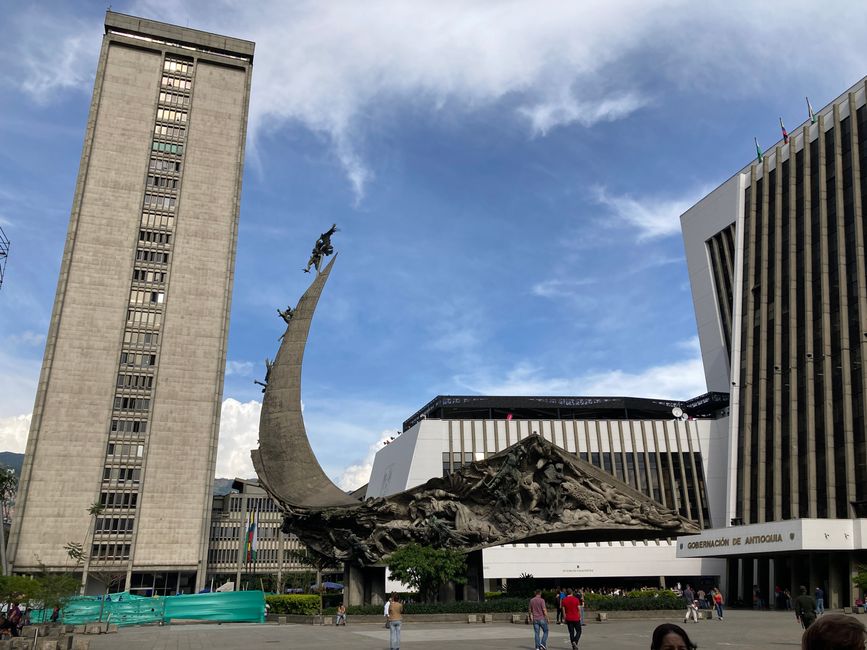
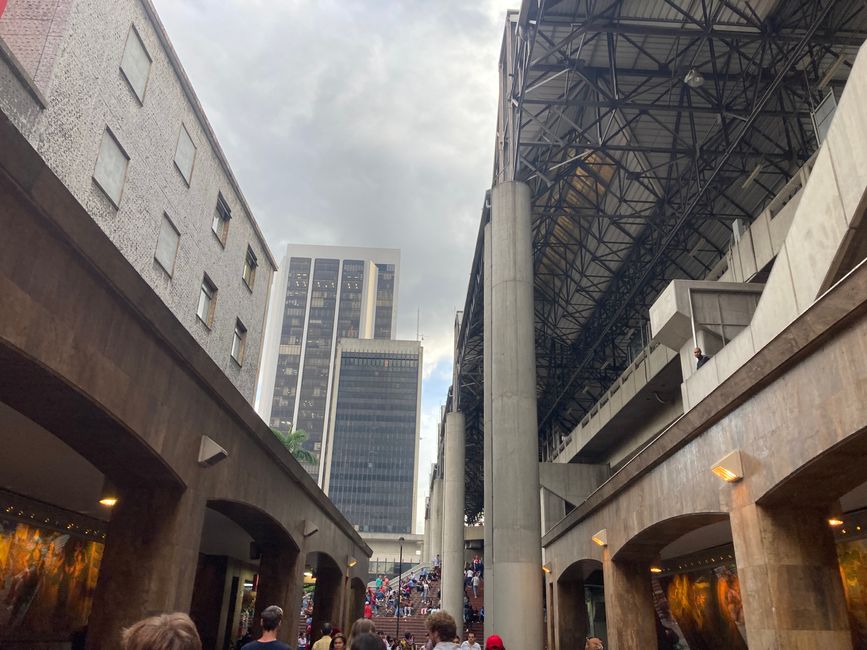
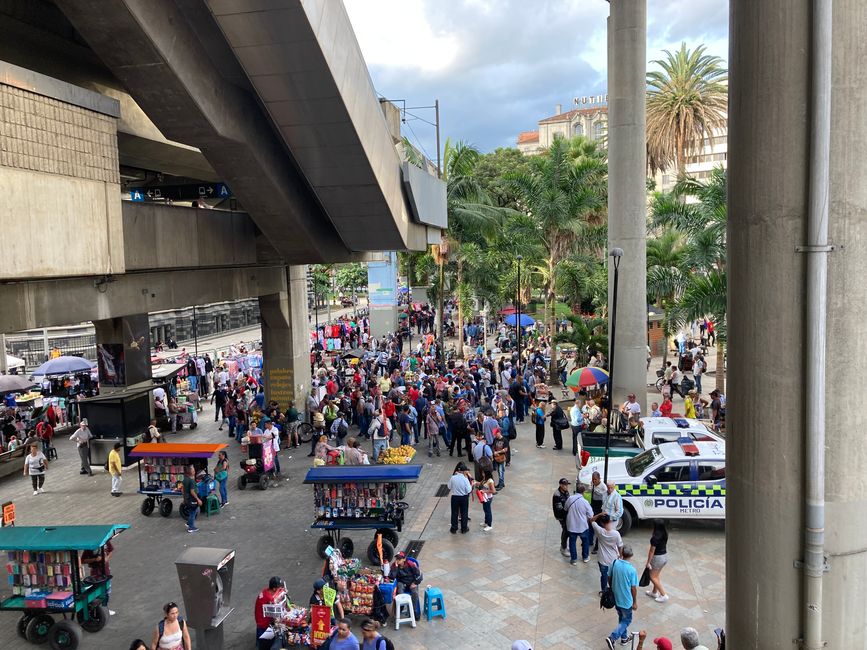
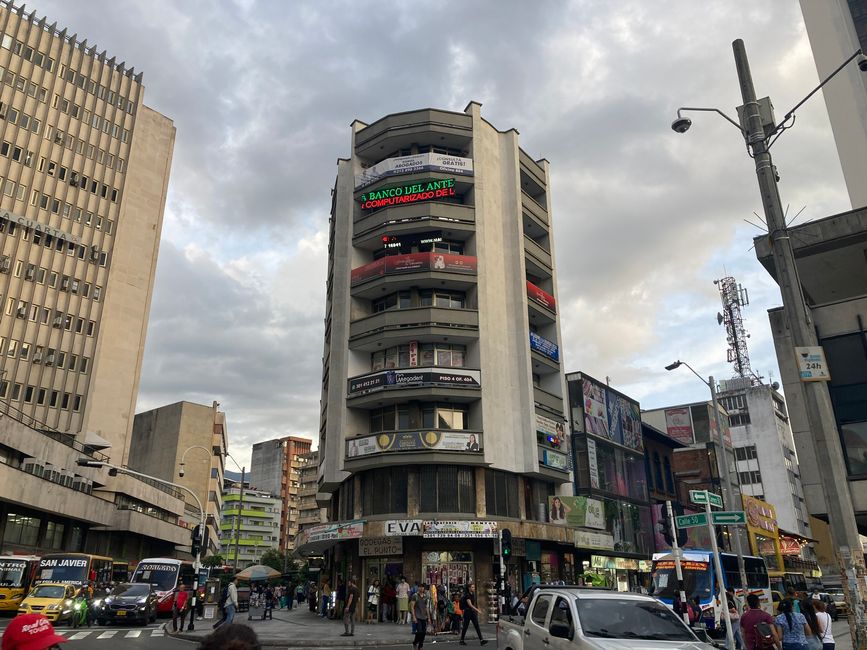
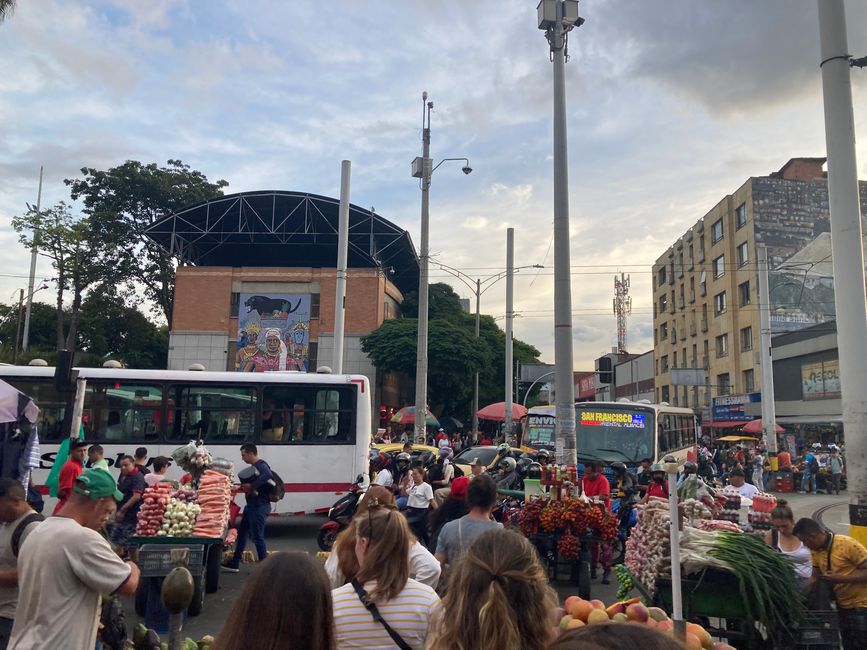
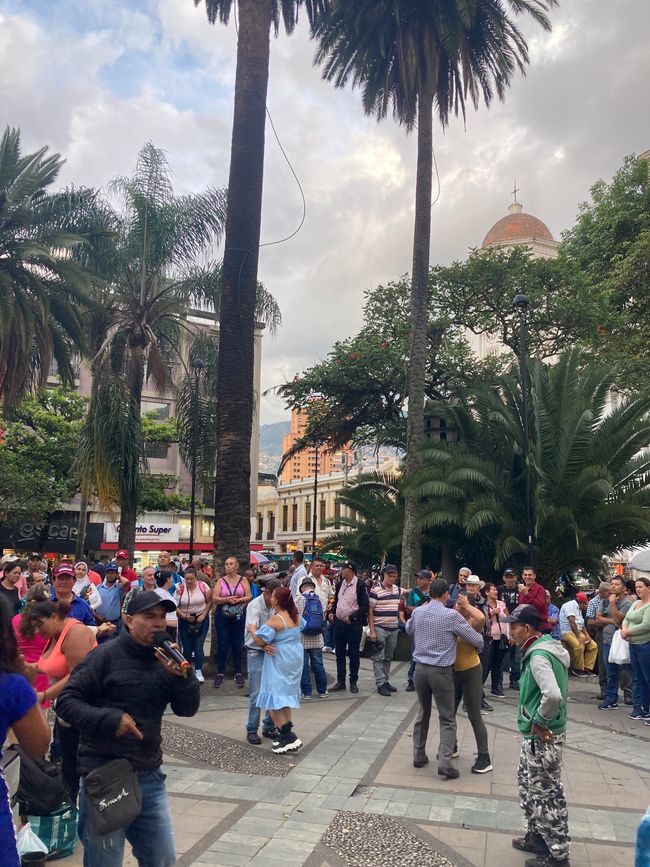
Langganan Newsletter
We drove 6 hours west along the coast to Cartagena by bus. The colonial-style old town with its colorful streets and characteristic balconies had a very special flair. Cartagena is a port city with about 900,000 inhabitants and despite tourism there is great poverty in the city. You could feel it when you strolled through the beautiful streets. Everywhere there were people on the street trying to earn their money somehow.
Our actual goal in Cartagena was its offshore Caribbean islands and the blue glowing plankton. As part of a tour we went to the Baru Peninsula, where we were taken out to Isla Grande in a small boat. There we were able to snorkel over a coral reef in turquoise water. After that we visited a few more islands in the area. We were the only tourists almost everywhere. Nobody spoke a word of English and the Spanish was spoken so quickly and slurred that we could understand very little. So we had no idea what was going to happen next, which made the whole tour all the more fun. We could enjoy the sunset on the white beaches of Baru and when it was dark we went out to sea again to swim with the blue plankton. A unique experience, you jump into the pitch-black water, the stars glitter above you and the plankton around you glow with every movement.
After Cartagena we left the coast and flew to Medellín, which like Bogotá is in the Andes. The core of the city consists of more modern buildings than old colonial buildings. This is probably due to the relatively late development of the city.
His past in the drug war in Colombia also belongs to Medellín. About 20 years ago it was still one of the most dangerous cities in the world. However, Medellín is a modern city that has a lot to offer. For example, the nightlife with its many clubs in the Poblado district is very well known. We also had our accommodation there.
We also attended a downtown tour where we learned a lot about the history of Medellín.
Langganan Newsletter
Wangsulan
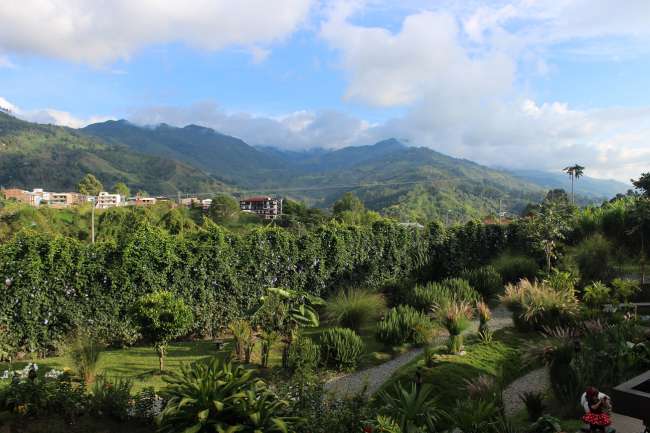
Laporan perjalanan Kolombia
